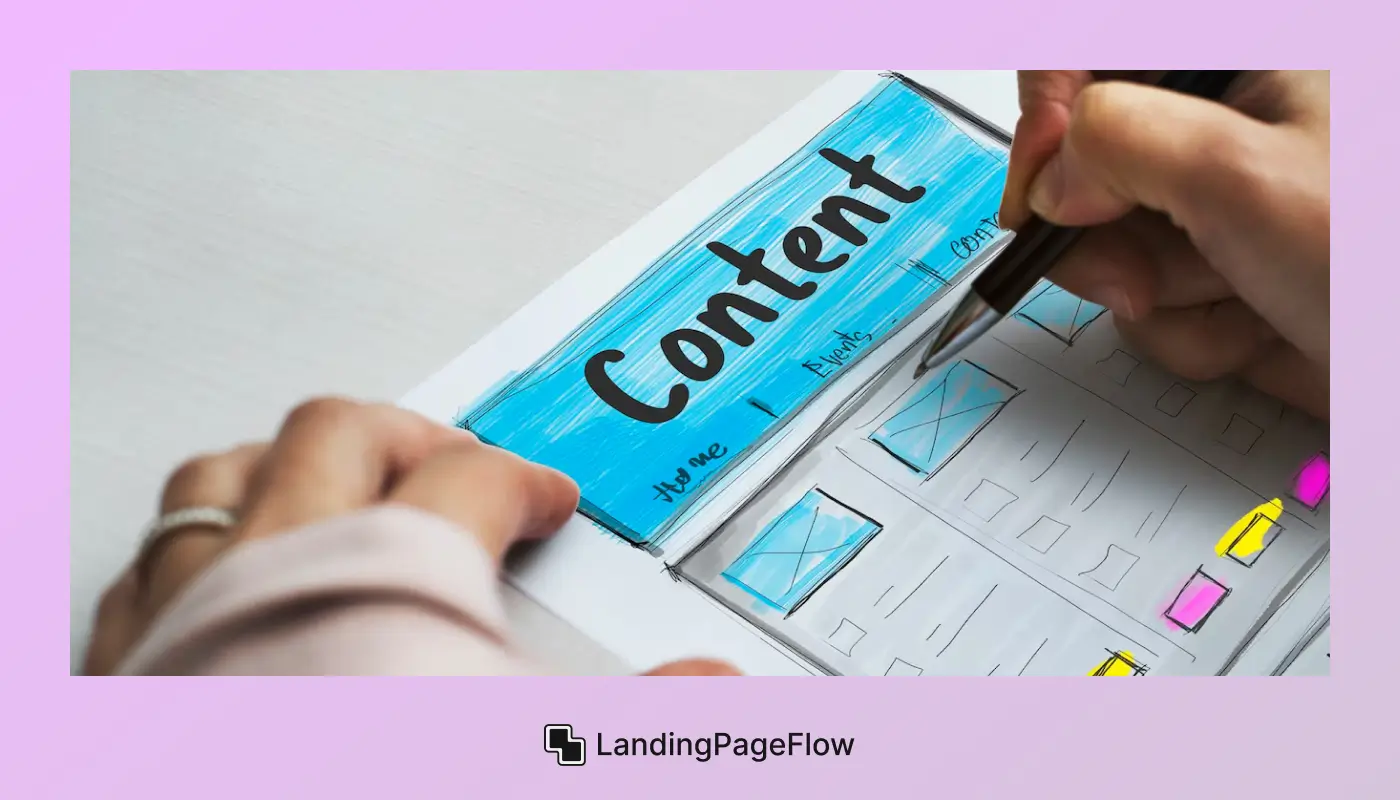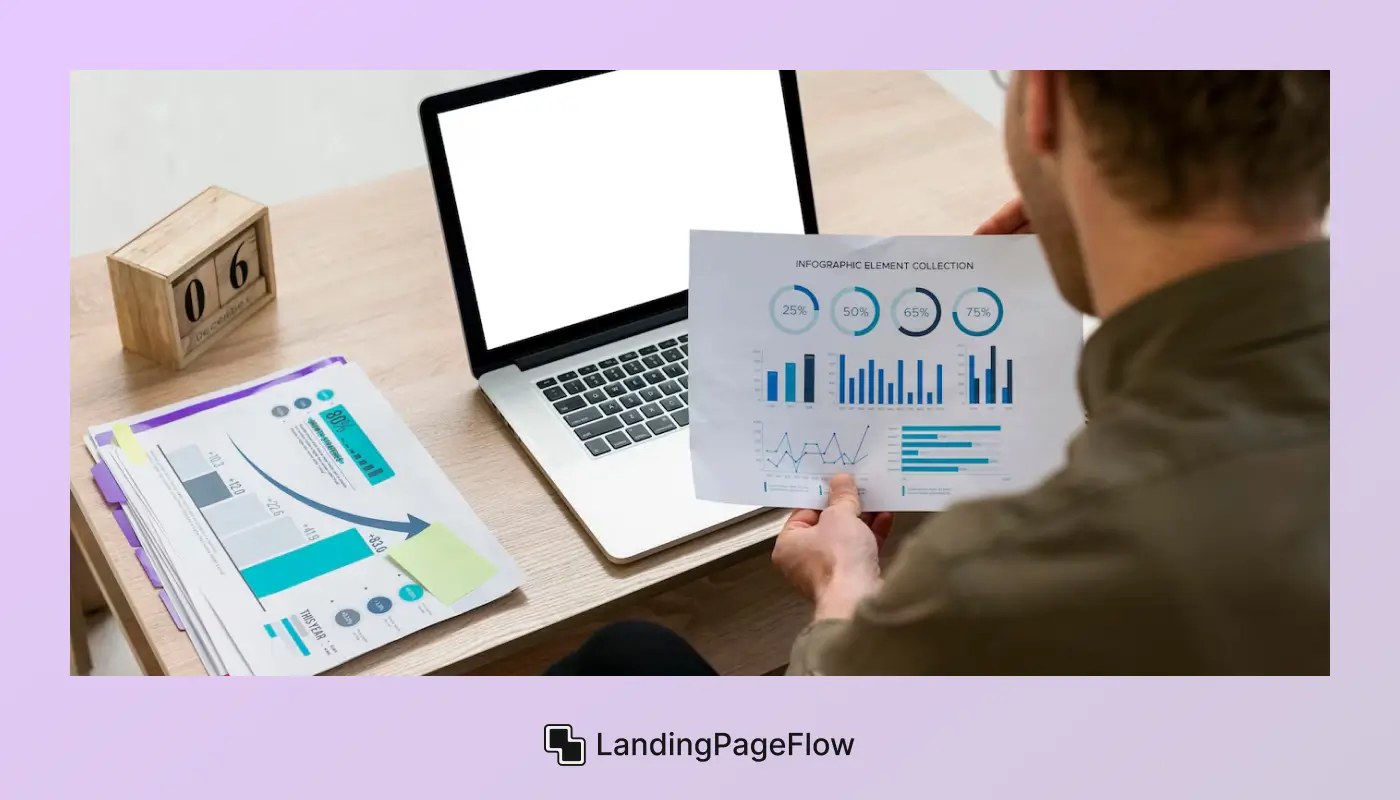How to Optimize Your Google Landing Page for Maximum Impact

December 13, 2024
Optimizing your Google landing page is crucial for driving high-quality traffic and maximizing conversions.
A well-optimized landing page not only attracts visitors but also engages them effectively and encourages them to take action.
This guide will walk you through essential strategies and best practices for optimizing your Google landing page to ensure it delivers maximum impact.
Table of Contents
- Understanding Landing Page Optimization
- Crafting a Compelling Headline
- Importance of a Strong Headline
- Tips for Writing Effective Headlines
- Creating Persuasive Content
- Benefits of Clear and Concise Content
- Structuring Your Content for Maximum Engagement
- Designing for User Experience
- Importance of User-Friendly Design
- Best Practices for Layout and Navigation
- Enhancing Visual Appeal
- Role of Visual Elements in Engagement
- Choosing the Right Images and Graphics
- Implementing Effective Call-to-Actions (CTAs)
- Importance of CTAs in Conversion
- Tips for Designing High-Converting CTAs
- Optimizing for Mobile Devices
- Significance of Mobile Optimization
- Best Practices for Responsive Design
- Monitoring and Analyzing Performance
- Using Analytics to Track Success
- Making Data-Driven Improvements
- Conclusion
- FAQ
1. Understanding Landing Page Optimization

Importance:
Landing page optimization involves refining various elements of your page to enhance its effectiveness in converting visitors into leads or customers. Effective optimization can significantly impact your campaign’s ROI and overall success.
Tips:
- Define Objectives: Clearly outline the goals of your landing page, whether it’s generating leads, driving sales, or promoting an event.
- Focus on Relevance: Ensure that all elements of your landing page align with the keywords and ad copy that brought visitors there.
2. Crafting a Compelling Headline

Importance of a Strong Headline
A compelling headline grabs attention and clearly communicates the value of your offer. It’s the first thing visitors see and plays a crucial role in determining their interest.
Tips for Writing Effective Headlines:
- Be Clear and Specific: Clearly state what the visitor will gain by staying on the page. Avoid vague or generic language.
- Include Keywords: Incorporate relevant keywords to align with the search intent and improve relevance.
- Use Action-Oriented Language: Encourage visitors to take action by using dynamic and persuasive language.
3. Creating Persuasive Content

Benefits of Clear and Concise Content
Effective content is vital for engaging visitors and guiding them toward the desired action. Clear and concise content helps maintain focus and prevents distractions.
Structuring Your Content for Maximum Engagement:
- Lead with Value: Start with the most important information and benefits. Clearly explain what makes your offer valuable.
- Use Subheadings: Break content into sections with subheadings to make it easy to scan and read.
- Include Testimonials: Add social proof, such as customer testimonials or case studies, to build trust and credibility.
4. Designing for User Experience

Importance of User-Friendly Design
A user-friendly design ensures that visitors can easily navigate your landing page and find the information they need. Good design enhances the overall user experience and reduces bounce rates.
Best Practices for Layout and Navigation:
- Simplify Navigation: Limit navigation options to keep visitors focused on the landing page’s primary goal.
- Maintain Visual Hierarchy: Use size, color, and spacing to guide users’ attention to key elements.
- Ensure Fast Load Times: Optimize images and scripts to ensure quick page loading, which reduces bounce rates.
5. Enhancing Visual Appeal

Role of Visual Elements in Engagement
Visual elements are crucial in capturing attention and making your landing page more engaging. High-quality visuals can complement your content and improve user experience.
Choosing the Right Images and Graphics:
- Use High-Quality Images: Select professional, high-resolution images that are relevant to your offer and resonate with your audience.
- Incorporate Graphics: Use graphics like icons or charts to highlight key points and make content more visually appealing.
- Maintain Consistency: Ensure that all visual elements align with your brand’s colors and style.
6. Implementing Effective Call-to-Actions (CTAs)
.webp)
Importance of CTAs in Conversion
CTAs are critical for guiding visitors toward the desired action. An effective CTA can significantly boost conversion rates by providing a clear and compelling prompt.
Tips for Designing High-Converting CTAs:
- Use Action-Oriented Text: Phrases like “Get Started,” “Sign Up Now,” or “Claim Your Offer” encourage visitors to act.
- Make CTAs Stand Out: Use contrasting colors and strategic placement to make CTAs prominent and noticeable.
- Keep It Simple: Ensure that the CTA is clear and direct, without any unnecessary distractions or complexity.
7. Optimizing for Mobile Devices

Significance of Mobile Optimization
With an increasing number of users accessing websites from mobile devices, it’s essential to ensure that your landing page is optimized for mobile viewing.
Best Practices for Responsive Design:
- Design for Mobile First: Start with a mobile-friendly design and scale up to larger screens.
- Optimize Touch Elements: Ensure that buttons and links are easy to tap on mobile devices.
- Test Across Devices: Regularly test your landing page on various devices and screen sizes to ensure compatibility.
8. Monitoring and Analyzing Performance

Using Analytics to Track Success
Monitoring performance metrics helps you understand how well your landing page is performing and identify areas for improvement.
9. Making Data-Driven Improvements:

- Track Key Metrics: Use tools like Google Analytics to track metrics such as conversion rates, bounce rates, and user behavior.
- Conduct A/B Testing: Test different versions of your landing page elements to determine which variations perform best.
- Implement Changes: Based on data insights, make informed adjustments to optimize your landing page for better results.
Conclusion
Optimizing your Google landing page involves a combination of compelling design, persuasive content, and data-driven strategies.
You can create a landing page that effectively engages visitors and drives conversions by focusing on key elements such as headlines, content, CTAs, and mobile optimization.
FAQ
Q: What is the most important element of a high-converting landing page?
A: The most important element is a clear and compelling call-to-action (CTA), as it directs visitors to take the desired action and significantly impacts conversion rates.
Q: How can I improve the load time of my landing page?
A: Improve load time by optimizing images, minimizing the use of heavy scripts, and leveraging browser caching to ensure fast performance.
Q: Why is mobile optimization important for a landing page?
A: Mobile optimization is important because many users access websites from mobile devices. A mobile-friendly landing page provides a better user experience and can improve engagement and conversions.
Q: How can I use analytics to improve my landing page?
A: Use analytics to track performance metrics such as conversion rates and user behavior. Analyze the data to identify areas for improvement and make data-driven adjustments to enhance your landing page’s effectiveness.



























